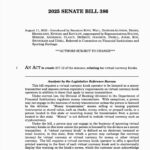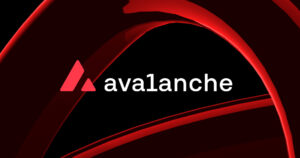Adam Back Weighs In on “JPEG Spam” in Bitcoin
Adam Back, a pioneering Bitcoin developer and the co-founder and CEO of Blockstream, has shared his thoughts on what he refers to as “JPEG spam” on the Bitcoin blockchain.
In a thread on X (formerly Twitter) on Friday, Back contends that such practices undermine the fundamental purpose of cryptocurrency as a form of money. He emphasized that Bitcoin should be viewed as “owned by humanity,” with developers serving as “stewards” who require user consensus for any significant changes to the network. Back pointed out that this principle was reinforced during the block-size wars of 2015–2017, where user-led economic pressure prevented miners from implementing protocol changes.
Back specifically criticized the recent increase of JPEG inscriptions—images directly stored on Bitcoin via the Taproot upgrade and the Ordinals protocol it has catalyzed.
The number of JPEGs recorded in Bitcoin’s ledger has escalated from 88 million in May to 105 million in September, representing a 20% increase. The fees associated with these inscriptions amount to approximately 7,000 BTC (around $777 million).
Proponents of the developments made possible by the Taproot upgrade, such as Ordinals, claim that as long as users are willing to pay for block space, their usage is a legitimate application of the network.
As a permissionless system, they argue that there should be no restrictions on how Bitcoin can or cannot be used, as this contradicts the decentralization ethos on which it was founded.
Moreover, Back argues that the “JPEG spam” enhances the economic incentive for miners to sustain the Bitcoin network, which is likely to become increasingly important as block rewards are halved every four years.
While higher fees benefit miners, Back claims the impact is minimal once the hashrate increases and costs are accounted for. He estimated that JPEG inscriptions might only contribute about 0.1% to mining profits, far overshadowed by potential reputational damage, increased transaction fees for regular users, and diminished access to Bitcoin’s primary function as a peer-to-peer monetary system.
This issue has proven to be divisive within the Bitcoin community.
- Supporters regard inscriptions as valid economic activity and a proper use of the blockchain.
- Critics, including Back, argue they waste block space and divert focus from activities that enhance Bitcoin’s value proposition.
Back proposed potential solutions, such as engaging with miners and pools to discourage the processing of such transactions and making wallet-level adjustments that could redirect fees away from those transactions. While cautioning against centralization risks, he noted that even minor economic incentives could make mining JPEG inscriptions unprofitable.



















